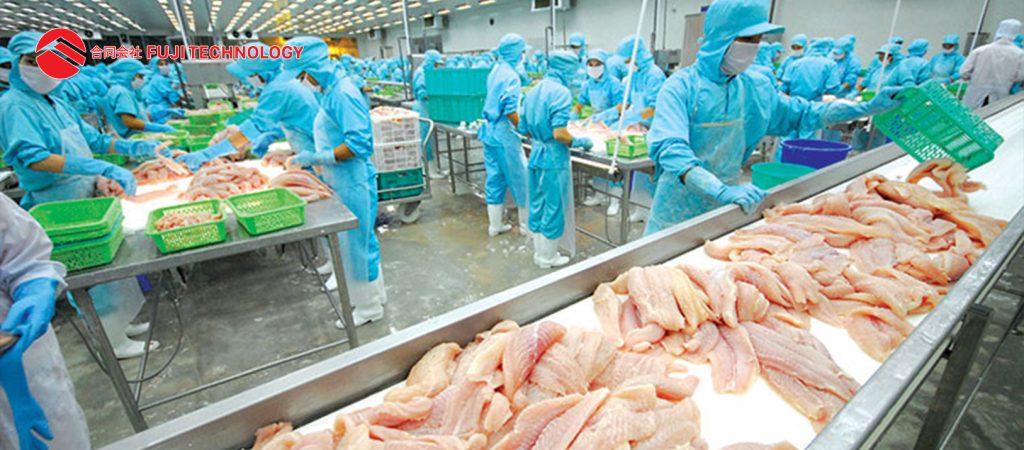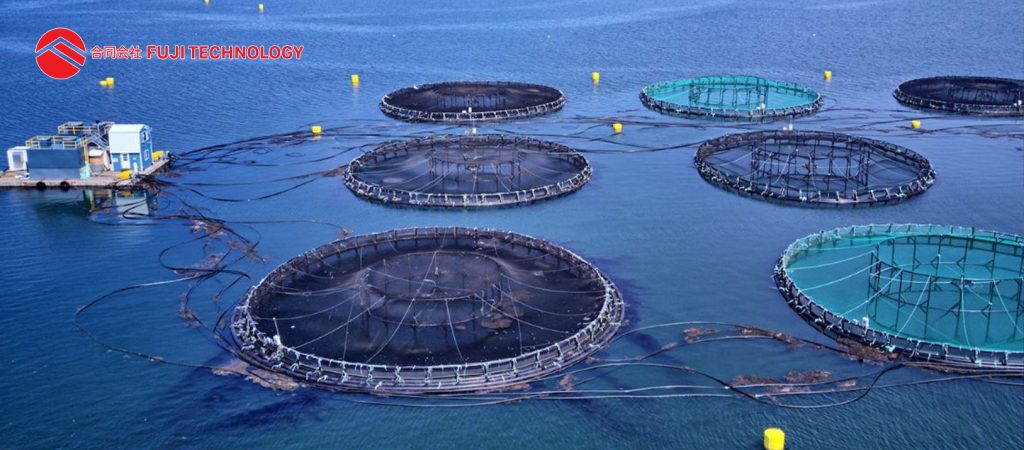The seafood processing sector, like many others, has significant obstacles like erratic demand, shaky supply chains, and a severe labor shortage. To overcome these contemporary issues, new technological advancements are necessary. Some of the most recent technologies can help employees, make it easier to handle seafood and even entirely automate previously unautomated procedures, enabling processors to react rapidly. notwithstanding the expanding labor shortage, demand.
Automating is necessary for seafood processors
Seafood buyers want inexpensive products in vast quantities. Moving to automation to process fish and seafood at fast speeds allows processors to remain competitive. Some advanced robots entirely automate tasks, replacing work traditionally performed by humans.

For example, in 2017, some of Alaska’s first crab-processing robots went live. These robots assist with the cutting and peeling of crabs before their sale. For seafood processors, the difference in value that shelled crab meat can give without an extra investment is a big step forward.
In addition, similar robots for bone removal and fish filets are becoming increasingly popular. While similar-sized species, such as salmon, are always suited for machine handling, larger fish, such as cod and whitefish, frequently require human effort. New robots are assisting in changing this, allowing workers to concentrate on more vital jobs.
Similar to many other sectors, most processors do not aim for complete automation. Instead, they are beginning to deploy automation and robotics to support workers, reducing the amount of repetitive activity that might result in accidents in the workplace.
Director of robotics technology at the Danish food processing robot business DTI Kurt Nielsen said “Robots are a tool to improve human productivity, not a replacement for humans. It’s collaborative technology.”
Sustainability in the fish industry
Rising seafood demand can pose challenges for many industries, not just processors. Overfishing and unsustainable fish production have the potential to decimate fish populations worldwide. About 3 billion people worldwide depend on seafood in their daily diet. Overfishing puts both these billions and the ocean ecosystem at risk.

At the same time, research from ocean advocacy groups has discovered that sustainable fishing can benefit the environment. However, it might be challenging to combine rising consumer demand with less efficient and more sustainable seafood processing processes.
Again, robots can assist in the production process. The researchers are experimenting with fish-like robots that automatically move underwater and offer data about local ecosystems, such as environmental conditions and ecosystem health.
How automation can help seafood processors stay afloat
In the future, seafood processors may encounter variations in demand and labor shortages. Automation is a powerful tool that can help them manage these difficulties. And, as technology advances, making robots and automation systems more nimble, they will be able to provide even more value.
While the cattle and fisheries sectors have issues that processing technology may not be able to alleviate, such as overfishing. But automation can help the fishery industry grow responsibly and become more popular shortly by using the most modern technology.


Pingback: cheapest buy enclomiphene generic usa
Pingback: medicament kamagra distribuer ses
Pingback: how to order androxal canada discount
Pingback: cheapest buy flexeril cyclobenzaprine generic next day delivery
Pingback: discount gabapentin price in us
Pingback: discount fildena canada
Pingback: how to order itraconazole price australia
Pingback: purchase staxyn generic online canada
Pingback: buy avodart generic from india
Pingback: cheapest buy rifaximin purchase singapore
Pingback: 100 mg xifaxan price
Pingback: dělá levné kamagra práci